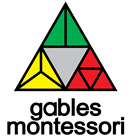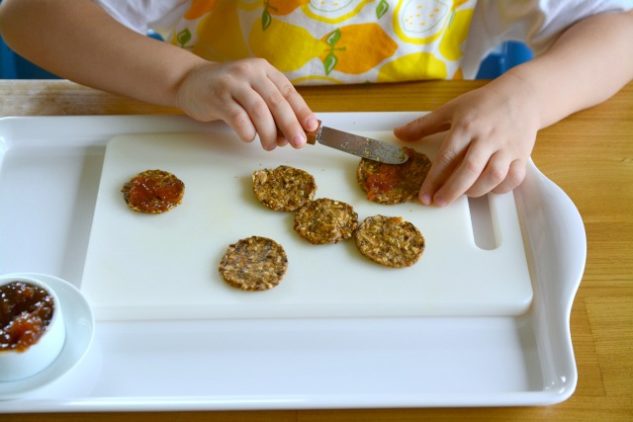Feeding our children is always a priority in our daily planning. We look for fresh, nutritious, and tasty foods for our kids and that’s sometimes a complicated task because the amount of information may be overwhelming. But it is necessary to know that good eating habits are learned in childhood, so a healthy relationship with food must be instilled from an early stage.
Babies up to six months should only be fed with breast milk, after that (4 – 6 months) some fruits and vegetables can be included in the daily diet. The progress from a milk-only diet toward a varied one is gradual and should include foods from all the groups. Proteins, vegetables, fruits, and carbohydrates are necessary for the good functioning of the body of children. You can get into the habit of trying different types of protein with each meal and a couple of different vegetables. Thus you can teach your child to appreciate each flavor and learn to know what he likes or doesn’t.
Proteins are necessary for important functions including growth, brain development, and healthy bones, but carbohydrates are essential too, so both types of food must be included in each meal. In the case of vegetables and fruits you can start with small portions, the size depends on the age and physical activity of the child. You can combine them with dairy products such as milk and yogurt that provide calcium as well as vitamins A and B12 and minerals. Calcium is an essential nutrient for children to develop strong bones and teeth. But prefer natural yogurt, not the sweetened, and add natural flavorings, make sure that your kid gets used to these flavors and thus he will be away from diseases related to the sugar in the blood as diabetes. Sugary pastries and desserts, soft drinks, sweets, biscuits, and others could be eaten only on special occasions, the overconsumption of this ¨snacks¨ is also related to high rates of obesity.
Fats are also important in children´s nutrition but too much of any sort of fat is not recommended. Substances as butter, oils or spreads aid the absorption of vitamins (A, D, E, and K). A special kind of fat, Omega 3 is essential for the human body and can be found in fish, nuts, seeds, and their oils, so these types of products not should be forgotten at the time of doing the shopping in the supermarket or cooking meals.
The following tips or recommendations can be very useful on the topic of the nutrition of your children:
Although cereals can be an easy option for breakfast, read the labels carefully, many contain higher sugar levels. The best is to choose an unsweetened one and combine it with some fruit.
Include some protein in the breakfast such as an egg or yogurt. This meal is really important, it is the first contribution of energy after many hours of sleep.
Children love snacks but sometimes they prefer not healthy ones. Teach your kids to eat fruits when they feel hungry, that is a good habit that will be beneficial throughout life.
Water is preferable to any drink, juices and smoothies are delicious but can contain a lot of fructose and this can result in a ‘sugar high’.
Parents are role models, so eat healthy, exercise, and drink water and your children will learn good habits by imitating you.
Get kids involved in shopping for groceries and preparing their own meals and keep healthy snacks available.
Remember that breakfast is an important meal, but that does not mean eating too much. Combine proteins and carbohydrates properly and offer your kid some fruit, a good breakfast must provide the energy an active kid requires
Family meals are great opportunities to strengthen ties, gather your children around a table, talk to them about their activities and problems and keep them away from phones, computers, or TVs
By eating together you can monitor your kids’ habits and you can also teach by example. Children will observe how you combine the food and the size of the portions you serve, also how to sit and the good manners to eat.







